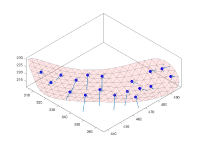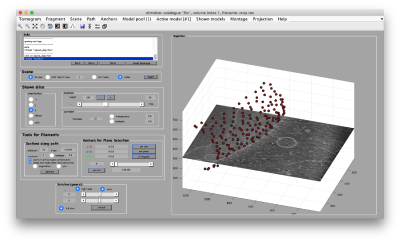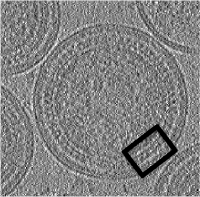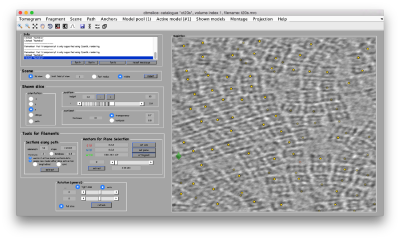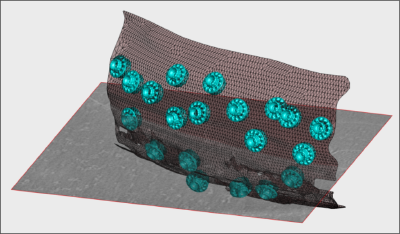Difference between revisions of "Prato Workshop 2018"
| Line 24: | Line 24: | ||
== Program == | == Program == | ||
| − | Before the hands-on session, we will go to [http://{{SERVERNAME}}/w/doc/presentations/oxford2017.pptx this presentation] for a general introduction of the ''Dynamo''software. | + | Before the hands-on session, we will go to [http://{{SERVERNAME}}/w/doc/presentations/oxford2017.pptx this presentation] for a general introduction of the ''Dynamo'' software. |
===General Introduction=== | ===General Introduction=== | ||
Revision as of 08:09, 10 April 2018
This page describes the contents of the practical hands-on sessions in Diamond (11th-12th November 2018).
Computers
Activating Dynamo
To activate Dynamo
export LD_PRELOAD=/usr/lib/x86_64-linux-gnu/libstdc++.so.6 activate_dynamo
Start a Dynamo window
Type in the shell:
dynamo
Run Dynamo projects in a shell
- Activate Dynamo
- go to the folder containing the project. Type the name of the project executable (extension .exe). For a project called myProject:
./myProject.exe
Program
Before the hands-on session, we will go to this presentation for a general introduction of the Dynamo software.
General Introduction
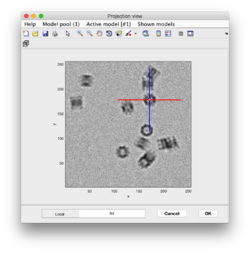
Guided presentation:
We will take one hour to go over the basic technical aspects of Dynamo.
- tutorial on basic elements: help, data and metadata formats.
- tutorial on the basic concept in Dynamo alignment: the project.
Working on your own:
- Basic walkthrough: on synthetic data. Covers creating a catalogue, picking particles, launching a project. (~1.5 hours)
- Advanced starters guide on a real tomogram. (~3 hours)
- Further work:
Geometric modeling
Short guided presentation:
- tutorial on membrane modeling with dmslice
- Filament models with dtmslice
- Reusing model workflows ( walkthrough)
- Further work: catalogue
Working on your own:
- In the afternoon, after the research talks, we will focus on the extraction of particles from densely packed spherical geometry on HIV viral capsides (~1 hour)
Further work
Due to time constraints, we will not cover all functionalities of Dynamo in this course. With the basis acquired in these two days, participants can complete on their own the rest of the program.
Template matching
Working on your own:
- We will follow this walkthrough for automated identification of proteosomes on a real tomogram through template matching. (~1 hour)
Adaptive bandpass filtering
Working on your own:
- We will follow this walkthrough to create a small synthetic data set that illustrates the principles of adaptive bandpass filtering, a way of conducting a golden standard alignment procedure . (~40 mins)
Classification
Short guided presentation:
- PCA Basic concepts.
advanced subboxing tutorial: combining with PCA and MRA tutorial - Multirefererence Analysis
Basic concepts.
walkthrough (~10 min) - Further work
- Commandline operations with PCA
Creation of 3D scenes
Working on your own:
- Walkthrough on the FHV data set (~1hour)
Further support material.
- Walkthrough on depiction and manipulation of triangulations (synthetic data).
Additional tools
Wednesday afternoon session.
- Subboxing
- motivation slide: extraction of vertices from icosahedral viruses
- Basic subboxing (tutoriall)
- advanced subboxing tutorial: combining with MRA tutorial
- suggested data set: prd1 Capsides (in the folder of isolated particles)
- Manual alignment.
- Exercises
Data sets
The data sets will be updated here.
Exercises
Exercises are scheduled for the last day. Nevertheless, feel free to start them any time during the workshop.
Organizers
- Alex de Marco, Monash University.
Instructors
- Daniel Castaño-Díez, University of Basel.
- Misha Kudryashev, MPI Frankfurt
